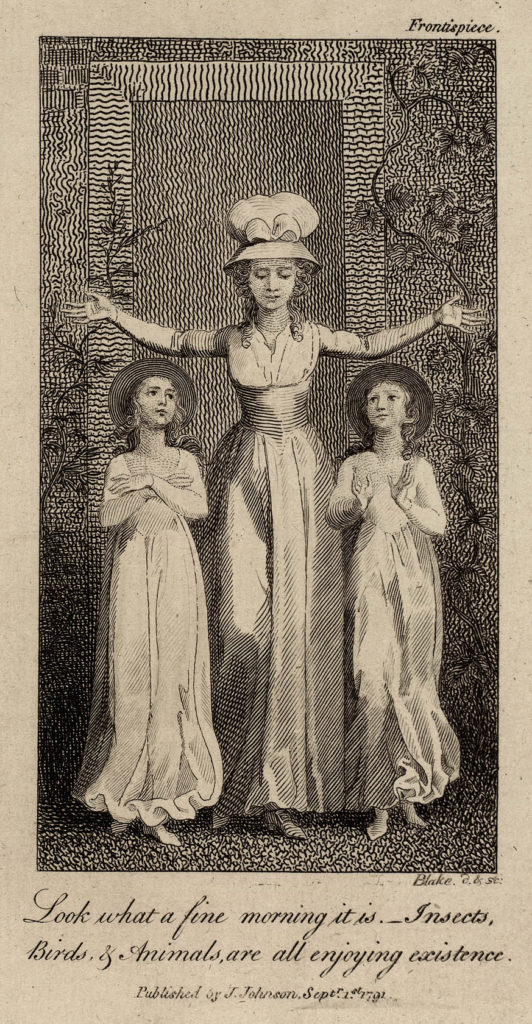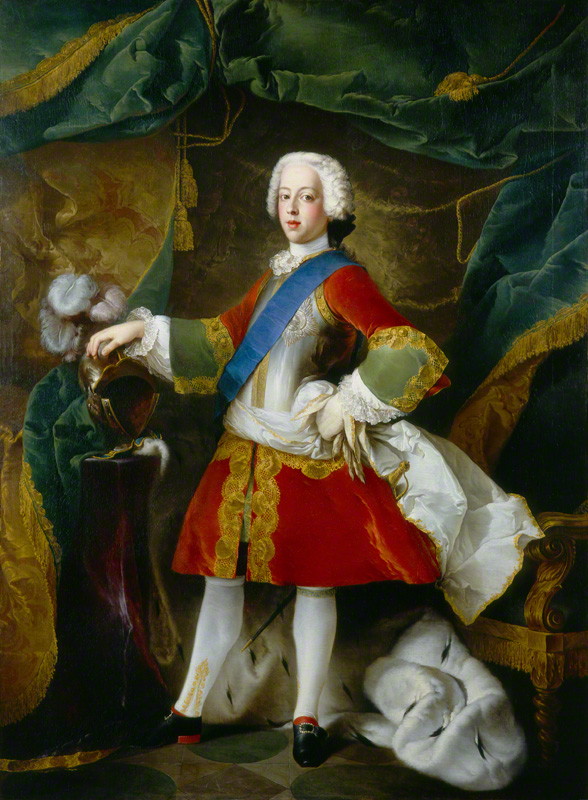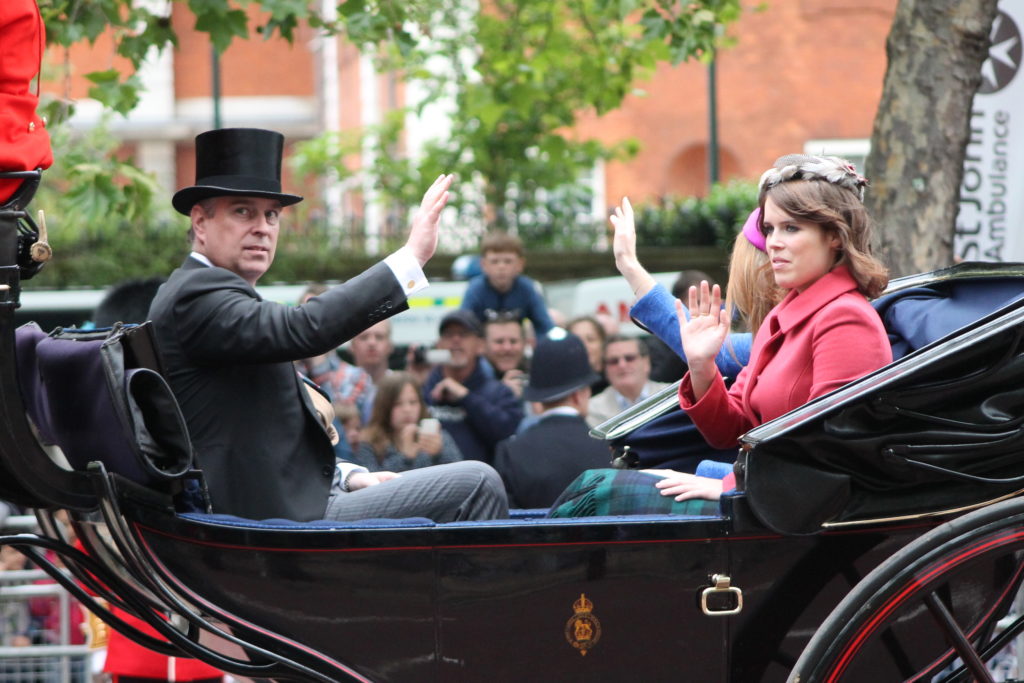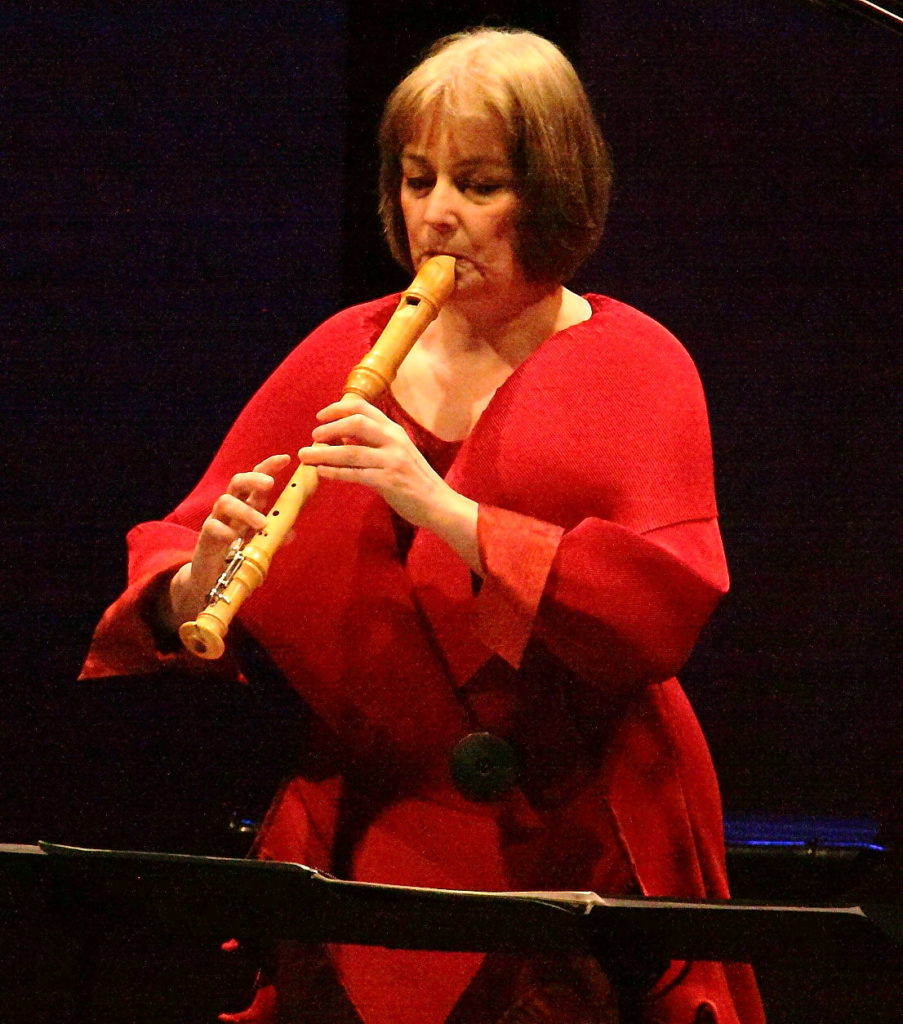
Mary Wollstonecraft, Original Stories from Real Life, Illustrated by William Blake
Women’s Legal Landmarks
Women’s Legal Landmarks, ed Erica Rackley and Rosemary Auchmuty, Hart Publishing, 2018, ISBN 978-1-78225-977-0, reviewed by Angela Ellis-Jones
This collection of short articles by mainly female authors marks the centenary of 1919, the year which saw the entry of women into the legal profession. Each chapter covers a ‘landmark’, a significant event in legal history as it affected women. The format for each chapter is four sections on Context, The Landmark, What Happened Next, and Significance. The landmarks are drawn from the four nations of the United Kingdom. The first chapter deals with the laws of the Welsh King Hywel Dda (early tenth century). Hywel codified the laws of Wales, which dealt with crime, property, tort, contract and the position of women: ‘Whilst they did not provide equality, the laws are noted and recognised for their enlightened attitude to women’ (26) – far more so than in many other European countries at the time, including England. The next landmark is Mary Wollstonecraft’s A Vindication of the Rights of Women (1792), the fons et origo of the modern feminist movement, which called for equality and the extension of civil and political rights to women. The nineteenth century saw one of the most important of these rights extended, the Married Women’s Property Act 1882 (covered here), which enabled a married woman to hold all the property brought by her to the marriage or subsequently acquired as her ‘separate property’.
The great majority of these legal landmarks covered occurred in the twentieth century. They include pieces of legislation e.g. The Representation of the People Act 1918, which enfranchised women over 30, the Sex Disqualification (Removal) Act 1919, which enabled women to enter the professions and public functions, and events e.g. the Dagenham Car Plant Strike 1968, when women won a pay rise which led to the passing of the Equal Pay Act 1970. Continue reading



















The Passing of Traditional Canada
Canadian Stamp, 1859
The Passing of Traditional Canada
by Mark Wegierski
On November 2, 2019, I attended the Annual Alumni Dinner of the University of Toronto Schools (UTS), where I was a pupil for six years between 1973-1979 (Grades 7 and 8, and four enriched /intensive years of high school). Four years at that time was an accelerated program, as Grades 9-13 were then standard in Ontario. 2019 was the 40th anniversary of the Class of ’79.
UTS was founded in 1910 as a “model” school for gifted male students. The plural in the name refers to the fact that a separate school for girls had originally been planned, but it didn’t actually materialize. UTS became a co-educational school in September 1973. Entrance to UTS is determined by competitive examinations, for which there are usually ten times more applicants than places available. In 1973, it was even more competitive, as 50% of the places had been reserved for girls. The incoming year at that time consisted of about 70 persons. The tuition fees in the 1970s were about $300 (Canadian) a year. The tuition fees now are about $27,000 (Canadian) a year. One of the reasons for this is that, in the early 1990s, the socialist New Democratic Party government of Ontario withdrew all public funding to the school, because of accusations of “elitism”. UTS could now be seen as just another expensive private school. The student body consists of about half East Asians, and a quarter South Asians, in marked contrast to the 1970s, when it was mainly white. The Alumni Dinner engendered gloomy reflections on how everything traditional is passing away in the current-day Canada. Continue reading →
Share this:
Like this: